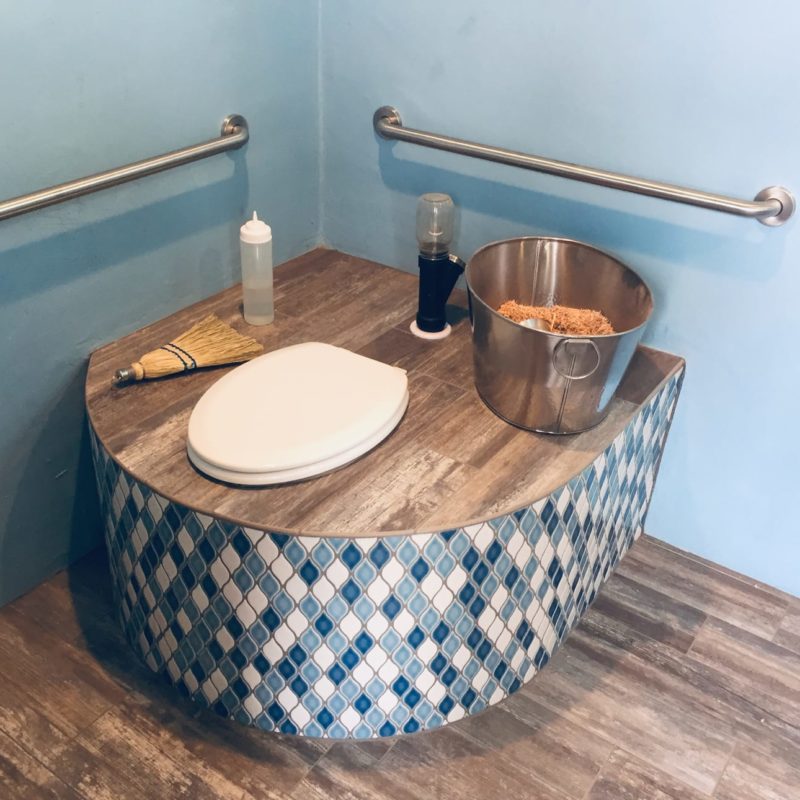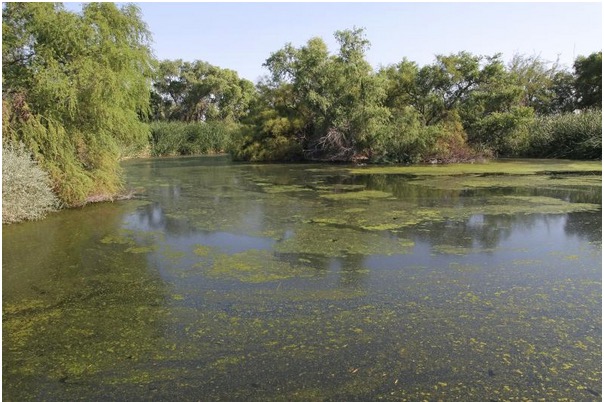This office, demonstration site, and educational center features a landscape and food forest watered solely with harvested rainwater, stormwater, greywater, and air conditioning condensate. The site’s potable drinking water is supplied entirely by…


This office, demonstration site, and educational center features a landscape and food forest watered solely with harvested rainwater, stormwater, greywater, and air conditioning condensate. The site’s potable drinking water is supplied entirely by…

A beautiful installation harvesting rainwater, roof runoff, air conditioning condensate, drinking fountain greywater, and well backwash water to provide 83 to 87% of the lush landscape’s irrigation demand (though read on to see…

This is a water-harvesting demonstration garden within the larger Tohono Chul Gardens. Gravity distributes parking lot and roof runoff to an irrigation ditch with gates that control which vegetated basins receive the runoff.…

A passive rainwater-harvesting retrofit This 48-home co-housing development, built in 2004, is a good example of how a site with no water harvesting in its approved and permitted plans, can be retrofitted to…

The Sweetwater Wetlands were built in 1996, and its field guide Sweetwater Wetlands: Water, Wildlife, and People states that it: “…was originally constructed to naturally treat backwash water from the filters at the…

The 28-home Milagro Cohousing development in Tucson illustrates the effectiveness of integrating water-harvesting infiltration basins throughout a site from the creation of the site’s plans all the way through build-out. There are no…

An example of how any neighborhood can harvest free on-site waters (such as rain, and stormwater/street runoff) to freely irrigate and grow a community-building neighborhood native food forest. The first annual neighborhood rain…

This 1/8th-acre residential site and the adjoining public right-of-way harvests about 100,000 gallons of rainfall and stormwater per year where average annual rainfall is 11 inches. So, we are able to put more…

These facilities receive, mechanically & chemically treat, and dispose over 62 million gallons per day of sewage from the metropolitan Tucson sewage system. They never shut down, because they can’t, the sewage flow…

The CAVSARP recharge basins allow Colorado River water pumped uphill via the CAP canal to Avra Valley (west of Tucson) to infiltrate the soil below and migrate down to the groundwater table. That…